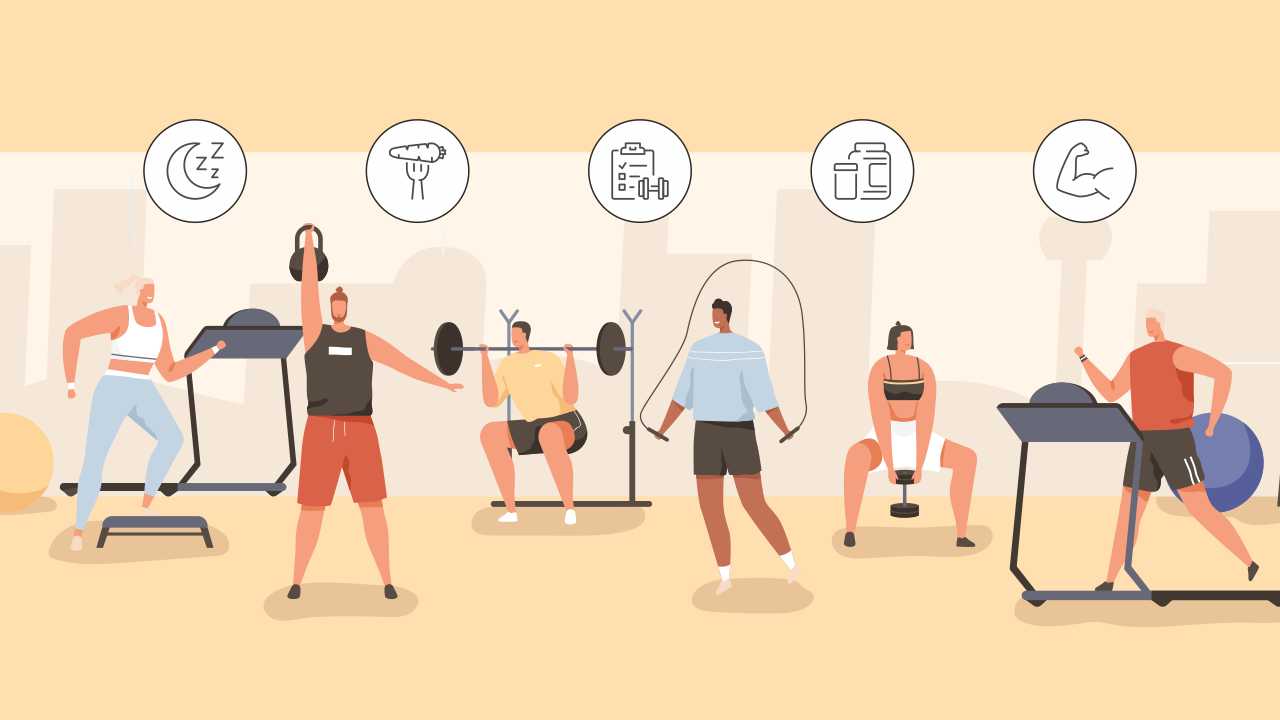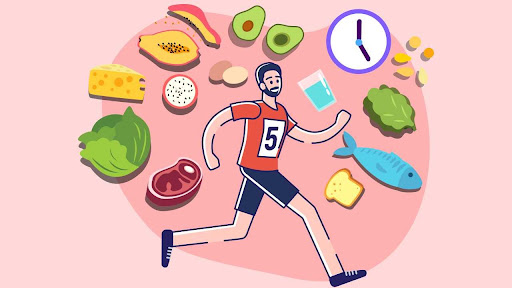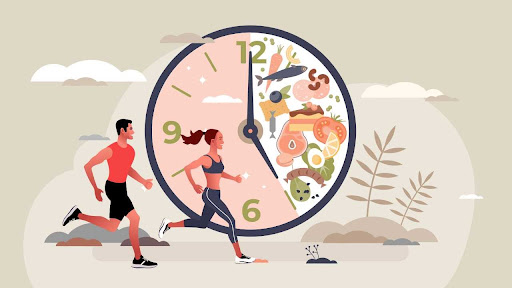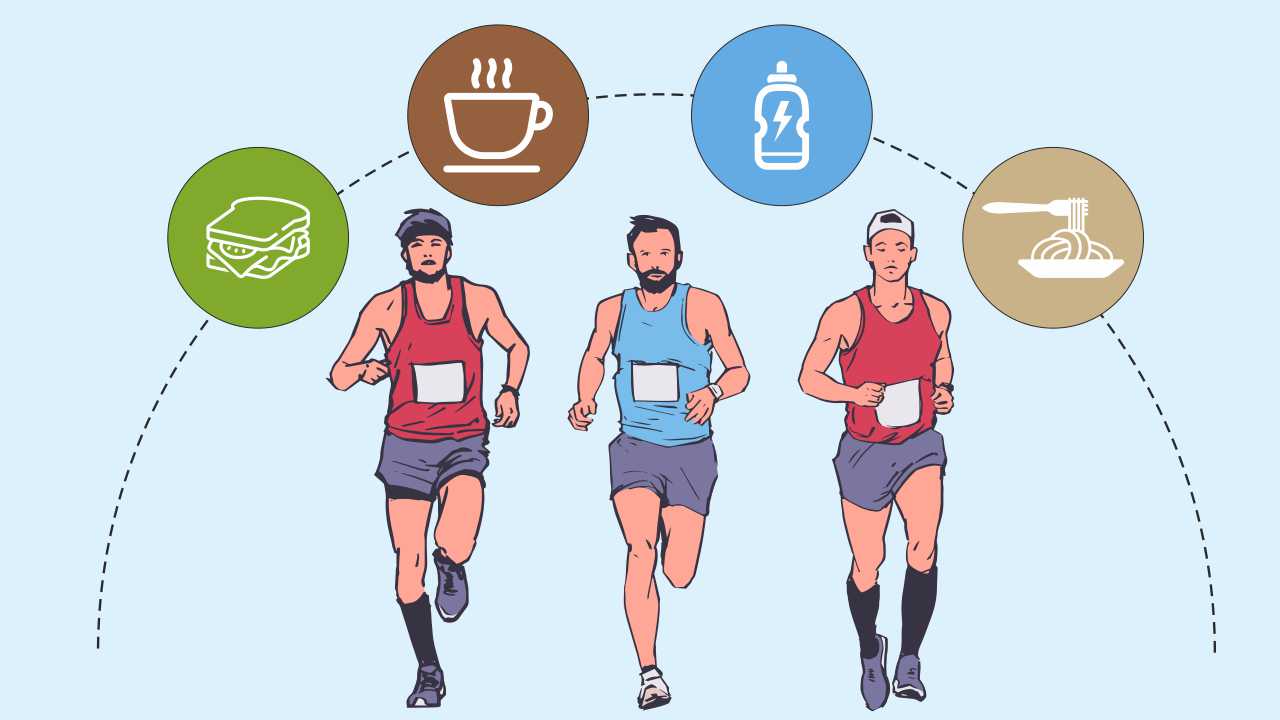
How to Maintain Muscle Hypertrophy

Many people list muscle growth — also known as muscle hypertrophy — among their fitness-related goals. Gaining muscle mass makes people appear fitter, stronger and more toned. There is certainly nothing wrong with setting a subjective goal such as this. After all, feeling and looking better can make positive contributions to confidence and mental health and, therefore, overall health.
That said, there are other, more objective reasons to set goals related to muscle hypertrophy. Muscle growth and associated increases in muscular strength improve body function in terms of improved balance, better posture, and an enhanced ability to perform physical activity with proper form.
Muscle is also metabolically active, which means that it processes nutrients more efficiently, and people who lose fat while gaining muscle typically see improvements in insulin control
Also, muscle hypertrophy can help counter the aging process. Sarcopenia — or the age-related loss of muscle mass — leads to reductions in strength and overall function as people age. Fighting that process by performing some sort of resistance training throughout your adult life will help you preserve functionality as you get older.
Finally, decreases in muscle mass are associated with an increased risk for cardiovascular disease, cardiometabolic risk in adolescents, and type 2 diabetes in middle-aged and older adults.
A primer on muscle hypertrophy
There are two primary long-term changes that take place in the body in response to resistance training: increased muscular fitness and increased muscle hypertrophy.
While muscle growth doesn’t necessarily require weight training to the point of failure, it does demand consistency and a progressive increase in intensity
In addition, muscle growth requires the consumption of a greater number of calories compared to the amount needed to maintain or lose body weight — which is why you will often hear about bodybuilders or star athletes consuming tremendous amounts of food in order to fuel their workouts and optimize recovery. You don’t have to eat like The Rock to build muscle, but restricting calories is never a good idea if your objective is to gain or maintain muscle hypertrophy.
Stated simply, adding muscle mass to your body requires that you eat a healthy, well-balanced, and nutrient-rich diet.
What should you do after reaching your goals in terms of body weight, body composition, and muscle hypertrophy and now seek to maintain what you’ve accomplished? (Congratulations, by the way! Let’s not race past that achievement.)
Continue to use your muscles
Unfortunately, losing muscle mass is a lot easier than gaining it, as the physiological effects of exercise are reversible.
The first key to maintaining muscle mass is continuing to use your muscles, even if it’s not at the same intensity you needed to gain the mass in the first place
The effects of detraining are influenced by the overall duration and level of reductions to physical activity. Muscle atrophy, or the loss of muscle due to lack of use, can begin to take place within a week or so of stopping your workouts. Understand that this is a slow process, so it’s not as though you’re going to lose all of your hard-earned gains if you take a week off for vacation or due to illness. However, what this illustrates is just how important it is to stay active on a regular basis in order to maintain your fitness level.
If you anticipate taking time off from your usual workout routine for any reason, plan ahead by finding ways to stay active. For example, if you’re traveling for work or for vacation, pack some portable exercise equipment such as resistance bands, a suspension trainer, a jump rope, or a yoga mat. Also, check out the hotel gym or explore opportunities to be active outdoors. Remember, some activity is always better than none.
Focus on nutrition
Weight loss occurs as the result of decreased caloric intake. This holds true regardless of whether the body is shedding body fat or muscle mass. Therefore, maintaining your muscle gains and improved body composition requires that you consume adequate calories. Of course, the types of foods you eat are as important as the quantity.
Muscle atrophy can also occur as a result of poor nutrition, particularly low protein intake. If your body isn’t getting enough protein through your diet, it will begin to “steal” protein from the muscles to support your nutrition needs.
Also read: How to Select the Right Protein for Muscle Building
Guidelines state that protein should make up between 10% and 35% of total calories for adults. While building and maintaining muscle may require you to stay toward the higher end of that range, individuals regularly participating in muscle-building activities may require more specific protein recommendations around timing and type of protein intake, depending on their training schedule and intensity of workouts.
For this reason, a protein intake of 1.0g to 2.0g per kg of body weight spaced throughout the day and after workouts may be needed, with training intensity determining where on that range an individual’s needs may fall
For example, a 70kg individual would eat between 70g and 140g of protein per day, spread throughout their meals and snacks. Ultimately, protein intake is specific to individual needs and should be based on experience level, athletic goals, and timing of training and competition.
Carbohydrates are also vital for muscle building and should make up about 45% to 65% of your daily caloric intake. Carbohydrates are converted to glycogen, which is the form of energy stored in the muscles and that powers your workouts. Focus on eating fruits, vegetables, whole grains, and low-fat or non-fat dairy products.
Finally, fat is an essential energy source and should make up between 20% and 35% of your total calories. Focus on eating heart-healthy fats like vegetable oils and nuts. Fatty fish is an excellent source of both healthy fats and protein.
Get enough rest
The final element of building and maintaining gains in muscle size is recovery, which is an often-overlooked element in many exercise programs. Getting adequate sleep is essential, as this is a time of rebuilding. Resistance training breaks down the muscles; gains are actually made during the repair and recovery process, much of which takes place while we sleep. Relaxation is important during the day as well, as emotional stress can be detrimental to overall health.
Also read: What Role Does Sleep Play in Physical Performance?
Reaching a fitness goal, whether it involves muscle hypertrophy, weight loss, or improved sports performance, requires considerable dedication and persistence. Many people lose sight of that after reaching their goals and are understandably disappointed when the results of their efforts start to fade. You can avoid that fate by planning ahead and being prepared to maintain a consistent focus on your health and wellness.
References
1. Bonaldo P, Sandri M. Cellular and molecular mechanisms of muscle atrophy. Dis Model Mech 2013; 6: 25–39.
2. Gao Y, Arfat Y, Wang H, et al. Muscle Atrophy Induced by Mechanical Unloading: Mechanisms and Potential Countermeasures. Front Physiol 2018; 9: 235
3. Jesperson, JG, Nedergaard, A, Anderson, LL, et al. Myostatin expression during human muscle hypertrophy and subsequent atrophy: Increased myostatin with detraining. Scand J Med Sci Sports 2011; 2: 215–23.
4. Krzysztofik M, Wilk M, Wojdała G, et al. Maximizing Muscle Hypertrophy: A Systematic Review of Advanced Resistance Training Techniques and Methods. Int J Environ Res Public Health 2019; 16: 4897.
5. United States Department of Agriculture. 2020-2025 Dietary Guidelines for Americans (9th ed.), 2020. www.dietaryguidelines.gov (accessed May 31, 2021).














